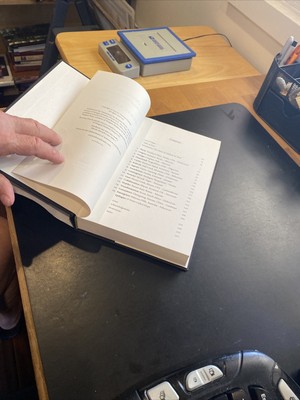

In novelistic prose that belies the breadth of his research, he illustrates how ecosystems are formed how species die out and are replaced and how species migrate, adapt, and collaborate. Even as he operates on this broad canvas, Halliday brings us up close to the intricate relationships that defined these lost worlds. But the fossil record shows us that this sort of wholesale change is not only possible but has repeatedly happened throughout Earth history.

The thought that something as vast as the Great Barrier Reef, for example, with all its vibrant diversity, might one day soon be gone sounds improbable.

Otherlands also offers us a vast perspective on the current state of the planet. It takes us from the savannahs of Pliocene Kenya to watch a python chase a group of australopithecines into an acacia tree to a cliff overlooking the salt pans of the empty basin of what will be the Mediterranean Sea just as water from the Miocene Atlantic Ocean spills in into the tropical forests of Eocene Antarctica and under the shallow pools of Ediacaran Australia, where we glimpse the first microbial life. This book is an exploration of the Earth as it used to exist, the changes that have occurred during its history, and the ways that life has found to adaptor not. In Otherlands, Halliday makes sixteen fossil sites burst to life on the page.

rewinds the story of life on Earth-from the mammoth steppe of the last Ice Age to the dawn of multicellular creatures over 500 million years ago."- The Economist LONGLISTED FOR THE BAILLIE GIFFORD PRIZE * "One of those rare books that's both deeply informative and daringly imaginative."-Elizabeth Kolbert, author of Under a White Sky ONE OF THE BEST BOOKS OF THE YEAR: The New Yorker, Prospect (UK) The past is past, but it does leave clues, and Thomas Halliday has used cutting-edge science to decipher them more completely than ever before.


 0 kommentar(er)
0 kommentar(er)
